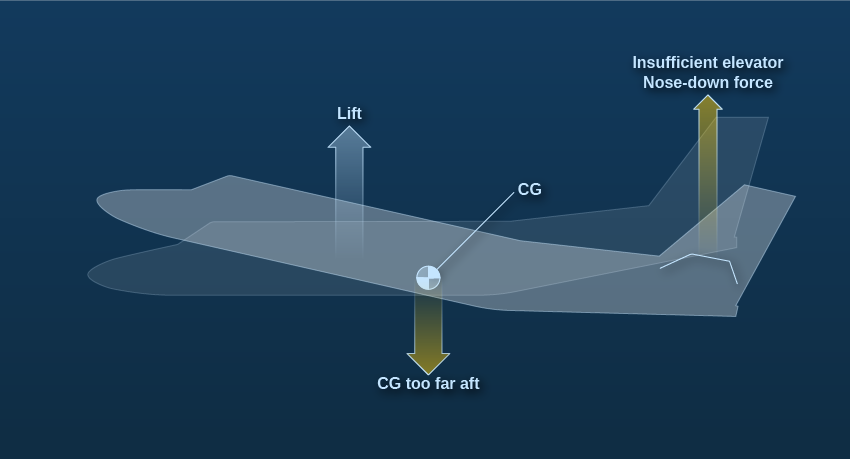Preflight planning, enroute efficiency
Lowered service ceiling. Shortened cruising range. Decreased maneuverability. These are just a few results of improperly loading an aircraft due to miscalculation of weight and balance. Below are common weight and balance mistakes and how to prevent them.
Improper calculations
Proper weight and balance control calculations consists of 3 parts:
- The weight of the aircraft
- The maintaining of the aircraft weight and balance records
- Proper loading of the aircraft
It’s important to note that all of these must be calculated or logged exactly in order to have an accurate assessment of your aircraft’s weight and balance information. If the initial weight of the aircraft is off, it will interfere with the loading calculations for the flight. The POH and AFM includes tables or charts that provide the expected aircraft performance at varying weights. Be sure to always verify your numbers in these manuals during your preflight planning.
Improper distribution of cargo
Often it is not enough to just load the aircraft so the gross weight is at or below the maximum allowable weight; the weight must be distributed to keep the CG within manufacturer limitations. If the CG is too far aft or forward, the aircraft may have insufficient elevator authority for nose-down or nose-up force. A simple solution is to add ballast or redistribute passengers and/or baggage to bring the CG within limits.

Uneven fuel loading or burnoff
Lateral balance, although not usually calculated, should still be a consideration during preflight planning. If unbalanced, the lateral CG can be corrected by using the aileron trim tab until enough fuel has been used from the heavier side tank to be balanced again. However, this also produces additional drag, making for inefficient flight.
For helicopters, lateral CG can be a significant problem during flight. Even if loaded properly, the CG can shift due to fuel burn and create an out of balance condition. Be sure to check the CG with the fuel available for landing to ensure it is in the allowable range, mitigating any potential off-balance flight.
Potential dangers
Not only is inefficient flight a concern, but improper weight and balance calculations can lead to LOC and/or injury. In an NTSB report from September 2013, a pilot lost pitch control during takeoff, resulting in pitch oscillations and cockpit stall warnings. The aircraft impacted the departure runway and the pilot brought the aircraft to a stop. The cause was determined to be improper aircraft weight and balance. The flight did not use exact calculations of passenger and cargo weights (which was required per their OpSpec A096). The pilot failed to identify that the trip report was missing baggage and cargo weights; resulting in a miscalculation of CG. While in this case, only 1 passenger received injuries, the potential for greater damage and losses existed.
In sum, preflight planning is critical for safe flight particularly when looking at weight and balance issues. With incorrect calculations of CG or improper loading of cargo, passengers, or fuel, this can cause inefficient flight, risk damaging the aircraft, and potentially cause injuries due to LOC.
RELATED READING
RELATED CTS TRAINING










